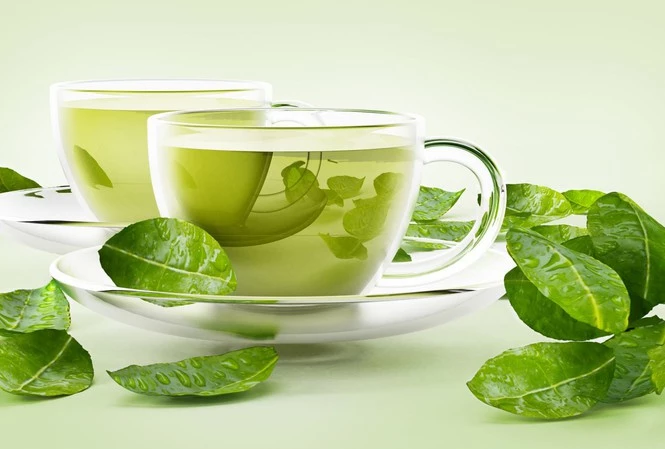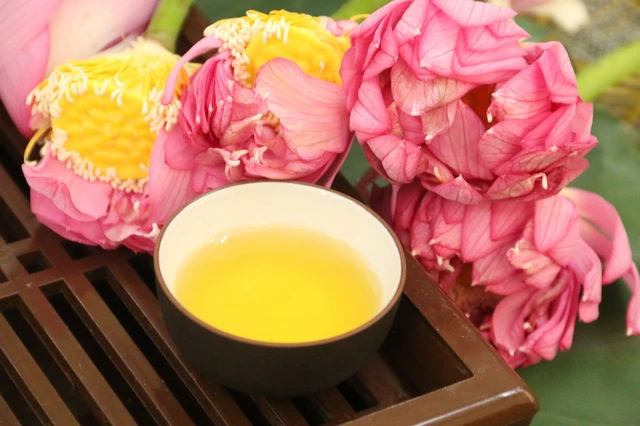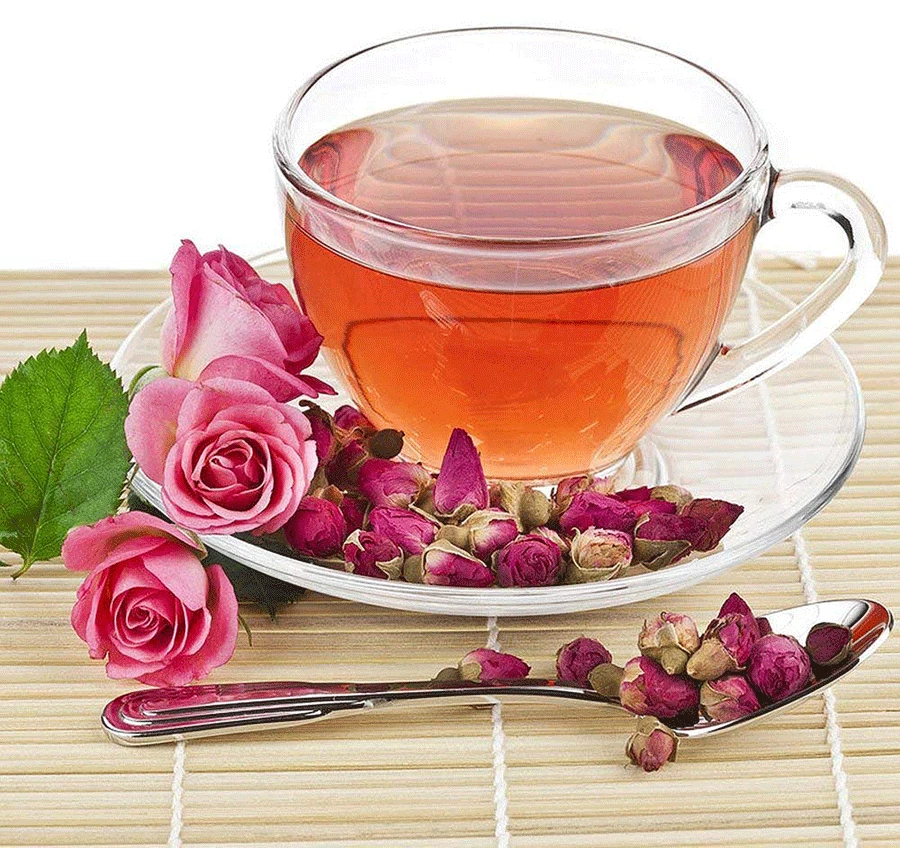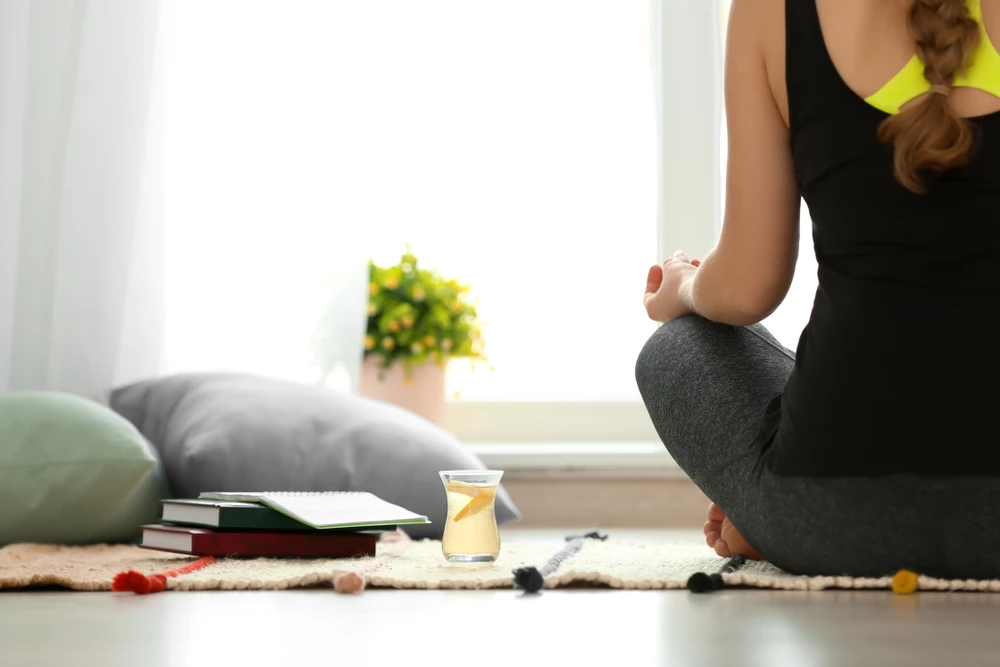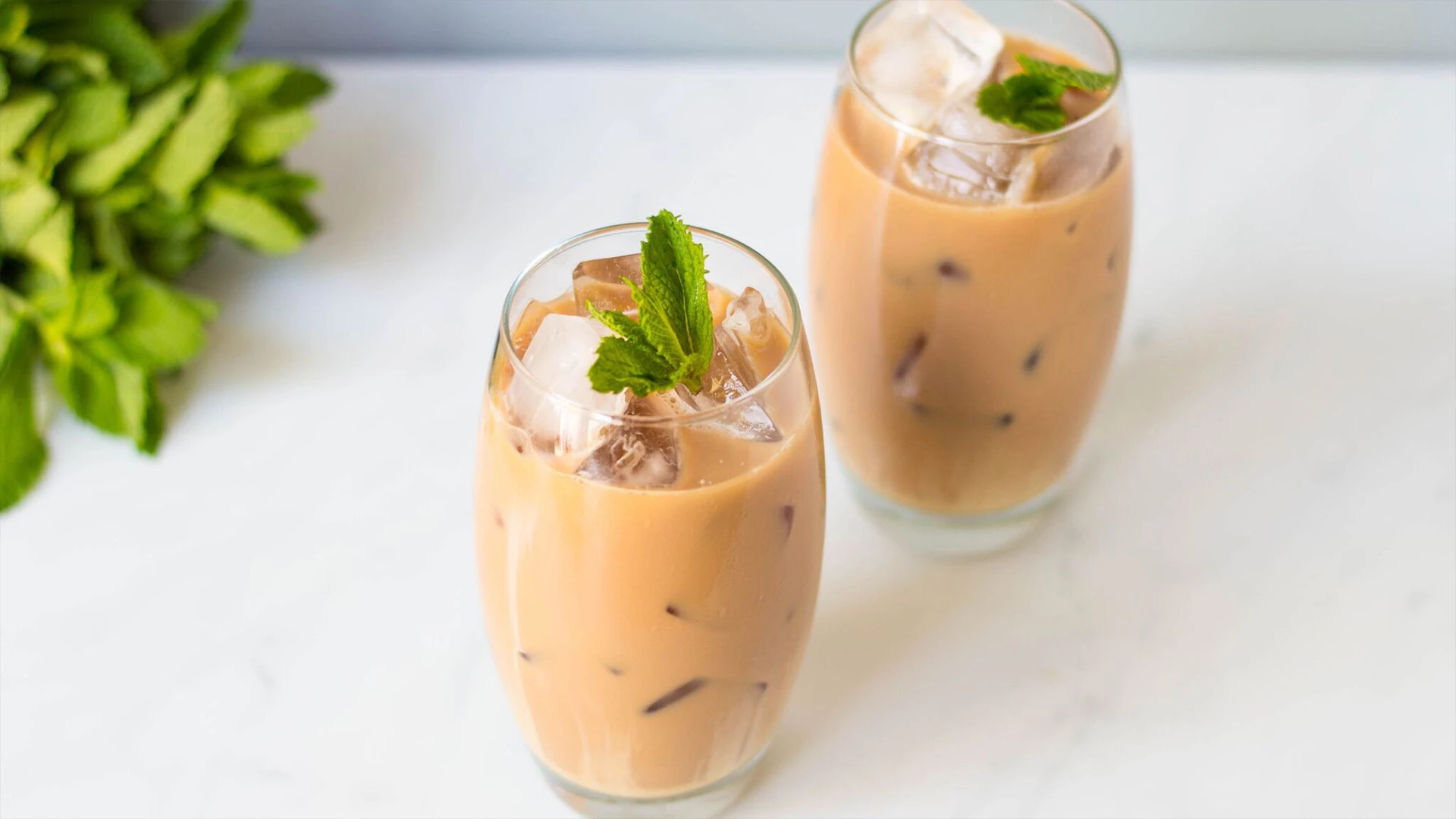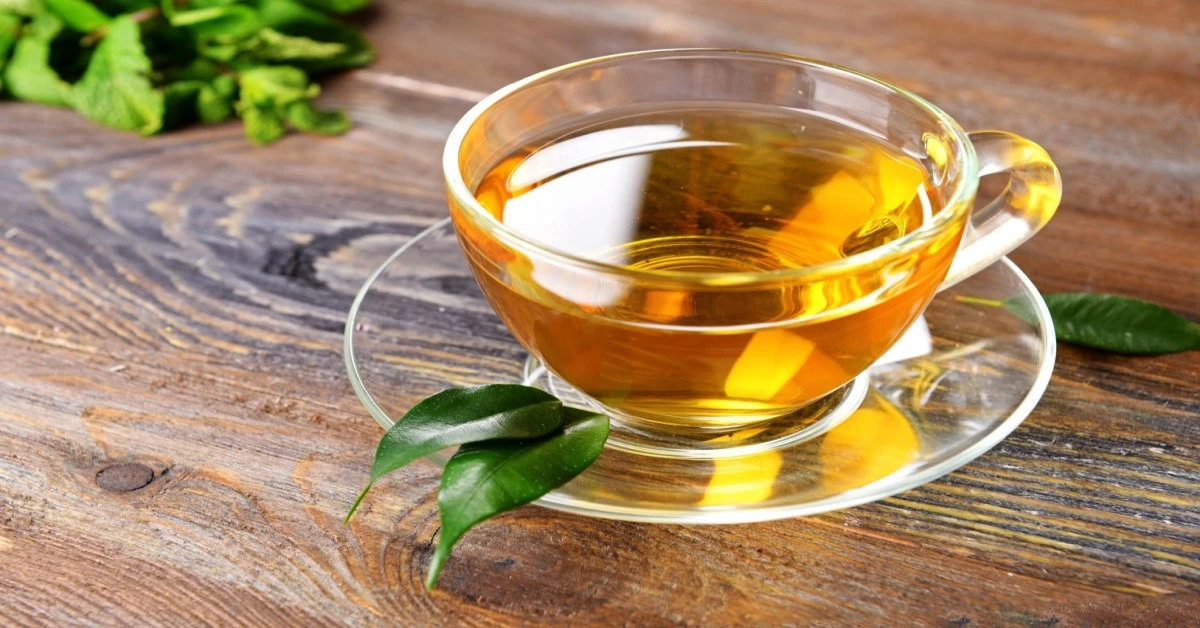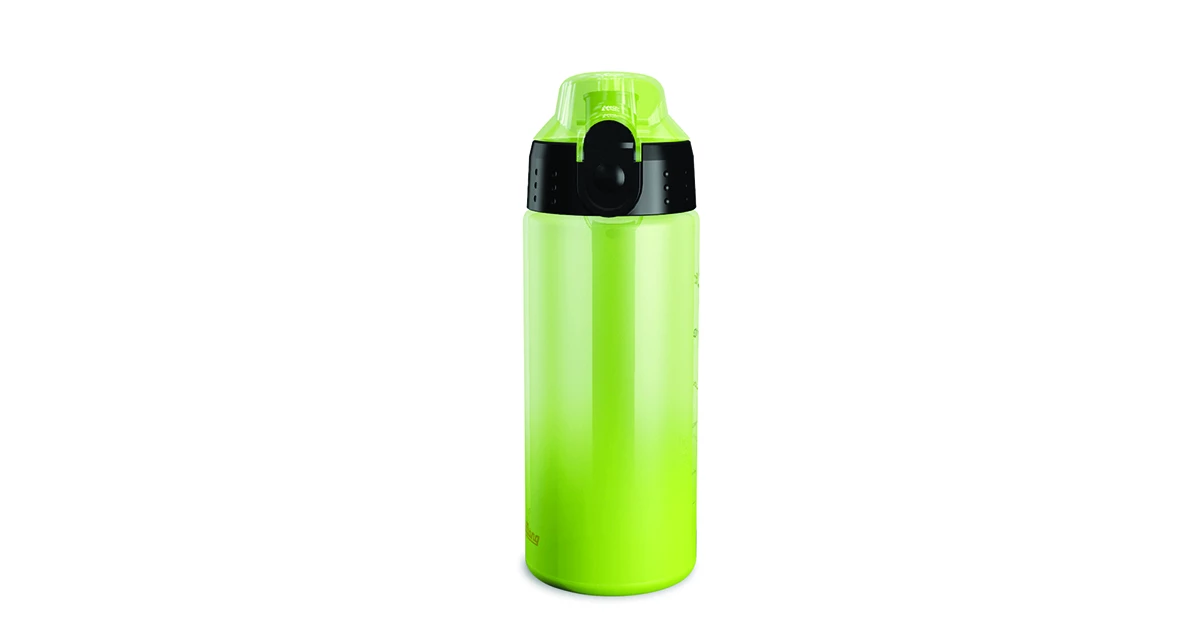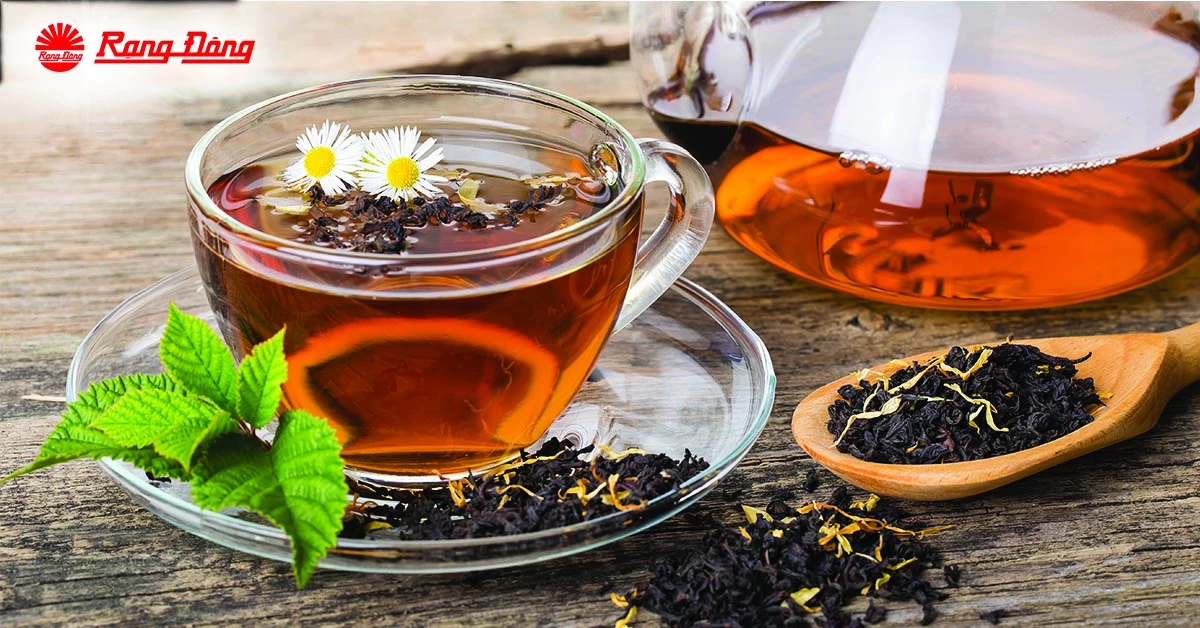Zen masters’ secret about tea for meditation
The list of herbal tea uses can go long with reducing stress, headache, allergies or cramps, etc. However, going further, herbal tea takes an important part in the growing spirituality of Zen practices. Each kind of tea for meditation can influence on the practice’s body and mind in different ways. Below, we will explore three herbal tea for meditation.
Three types of mostly used tea for meditation
Green tea
Green tea contains more antioxidants than other types and is considered one of the world’s healthiest drinks. In general, green tea has high concentrations of polyphenol, which may contribute to the prevention of cancer and heart diseases.
Green tea is the best tea for meditation
The effervescent flavor and aroma of green tea has been used by Buddhist monks for centuries to help facilitate their many daily hours of deep meditation. Green tea helps activate the mind and empowers visualization and presence without causing agitation or jitters. Inviting an open heart, it also helps light up deep spiritual connection.
Lotus tea
From Buddhist canons to ancient Vedic inscriptions, lotus has been a timeliness symbol for spiritual enlightenment, and devotional love. This gorgeous flower rises up from muddy water and blooms on the surface, appearing to float. Lotus has been a symbol of eternal life in traditions mentioned in the ancient Egyptian Kemeticism to Hinduism and Buddhism.
Lotus has been a symbol of eternal life in several religions.
Lotus petals are mostly used to make tea for meditation. The aroma and energy, even colors of lotus tea are good to deepen meditation practice. Lotus tea is a tea for meditation we can choose.
Rose petals
For the focus of meditation practice, rose petals can make a wonderful and classic herbal tea that can help open the heart, calm the mind, relax the body, and soothe the nerves. Our daily stress, worries and anxieties often get in the way when we try to quiet down and really experience the presence of Divine Love, but when rose petals are present it’s all good!
Rose petal tea can help open the heart gate.
Rose petals are amazing with green tea or any of the mints. Add more rose petal tea till the flavor is quite humble, and the aroma is great when it’s strong.
The way to meditate with tea
- To start, let’s find a space where we can sit comfortably and will not be interrupted. Now try to notice each step taken with the tea. Carefully drop the leaves inside the pot, hearing the soft crinkle sound they make as they are set down. Pause.
- Listen to the sound of the kettle shifts in rumble and pitch as the temperature rises slowly, enjoy it. Observe any note of wanting the kettle to go faster, or mentally skipping ahead to imagine yourself drinking tea. Pause to practice non-judgment.
- The steam that unfurls in whispy curls as water is poured over the leaves, releasing the faintest of sounds and the most fragrant of aromas. Pause a moment and observe the smoke that fades into the air.
- Feeling patience, complete rest. Pause and notice any flickers of future thoughts or past ruminating, calmly setting them aside.
- The bright, cheerful sound of tea being decanted, flowing from pot to cup. Pause and notice the echo that lingers.
Enjoying every step of tea meditation
- The deep warmth seeping into palm and finger muscles as we curl our hands around the cup of tea. Pause and touch gratitude.
- Warm breath coming in with our inhale, tension-releasing on our exhale. Pause between inhale and exhale, feeling our breathing muscles.
- Feeling softness and opening with every sip. Pause and be with the tea.
- Just… sit.
- Observing.
- Learning to just accept and “not do.” Not doing is really challenging work, but it’s so worth it.
A session might last 10 minutes with one cup, an hour, or an entire morning with several cups, just depending on what is best for the day.
Should you have any questions, wish to share your ideas about vacuum flasks or request a quotation, please send us an email to: export@rangdong.com.vn.
Our website: vacuumflask.rangdong.com.vn

